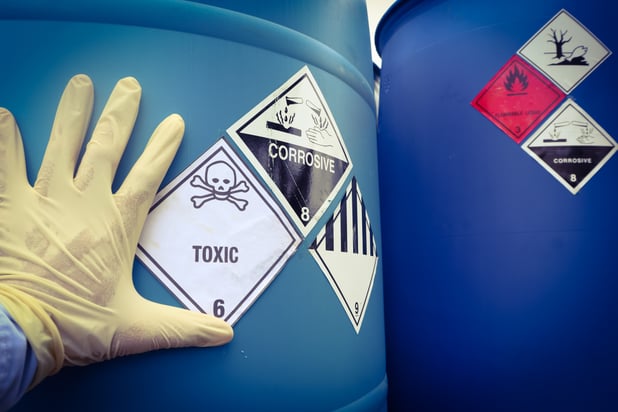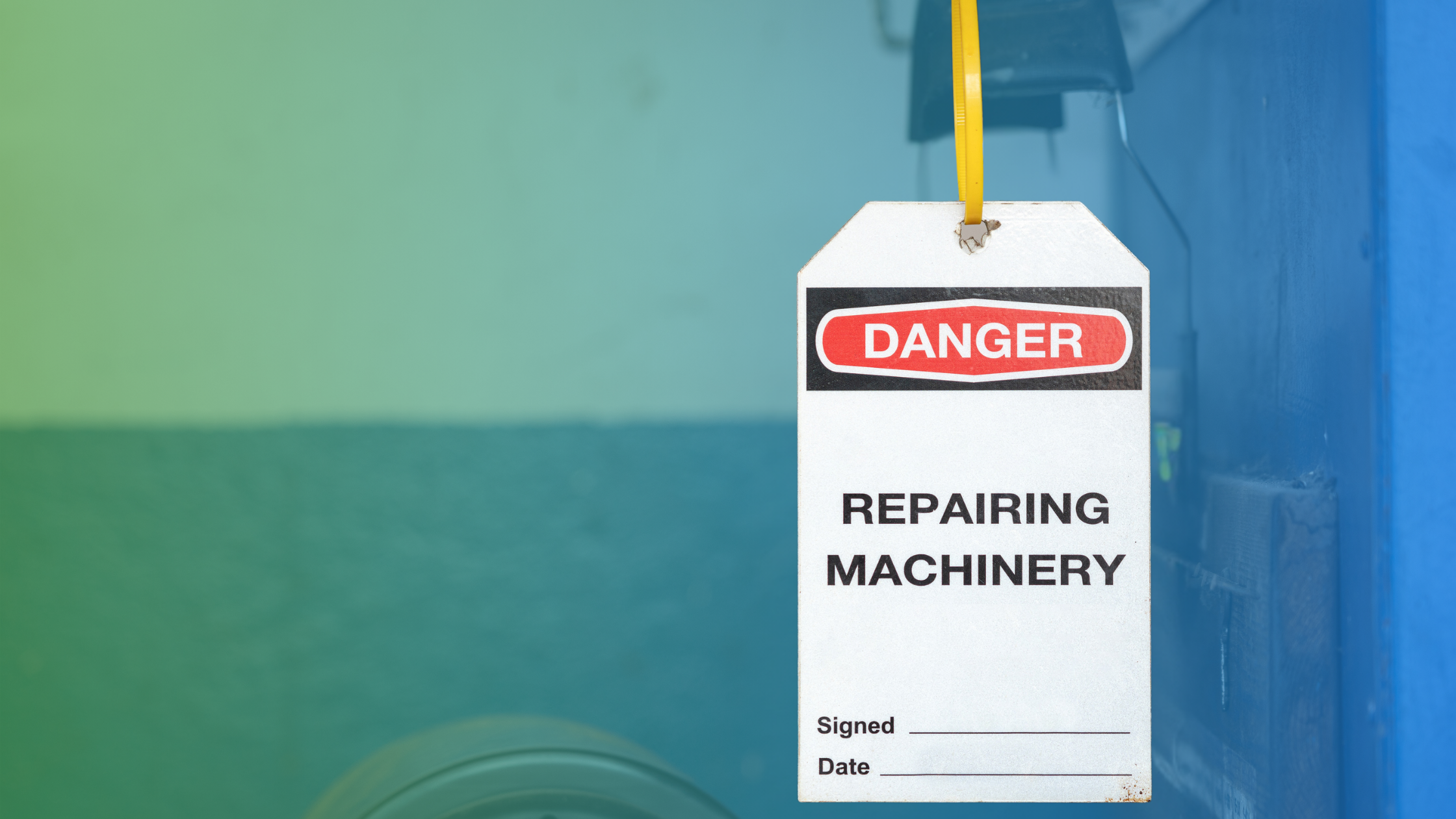Risk management is essential for businesses of all sizes and industries. Providing employees with a safe work environment not only protects their well-being but also ensures continued productivity. To achieve this, companies must develop effective risk management procedures tailored to their unique workplace hazards.
However, no two businesses are exactly alike. Different industries and job functions come with specific risks that need to be assessed and mitigated. To help businesses implement an effective risk management strategy, we’ll outline key risk assessment processes, when to conduct an assessment, and various methods to evaluate risks effectively.
The Risk Management Process
Risk management involves a structured approach to identifying, analyzing, and categorizing workplace hazards. A well-designed risk assessment process provides a clear framework for documenting and mitigating risks in a standardized manner. Here’s a step-by-step overview of how businesses can conduct a thorough risk assessment:
-
Define the Scope – Establish the parameters of the assessment to ensure a focused evaluation of workplace hazards.
-
Identify Hazards – Examine the work environment to detect any potential safety risks.
-
Assess Risks – Evaluate each hazard based on the likelihood of occurrence and potential consequences.
-
Document Findings – Record observations, including photos or employee accounts, for reference.
-
Develop Mitigation Strategies – Prioritize the highest-risk hazards and implement controls to minimize risks.
-
Monitor and Review – Regularly reassess risks to ensure continuous workplace safety improvements.
When to Perform a Risk Assessment
Conducting a risk assessment isn’t a one-time task. It should be an ongoing practice to address emerging risks and maintain a safe work environment. Here are some key instances when a risk assessment should be performed:
-
Discovery of a New Hazard – Any newly identified workplace hazard should be promptly assessed.
-
Lack of Hazard Knowledge – If employees are unfamiliar with a hazard, a formal risk assessment is necessary to understand and manage it.
-
Operational Changes – Implementing new tasks, machinery, or procedures may alter workplace risks, necessitating a reassessment.
-
Interacting Hazards – When one workplace hazard affects another, a comprehensive assessment helps evaluate their combined impact.

-
Workforce Changes – A significant staff turnover may introduce new risks, as new employees may lack experience or training.
-
After an Incident or Trend Emerges – Following a workplace accident, close calls, or an increase in safety-related absences, reassessments help prevent future incidents.
-
At Regular Intervals – Scheduling routine risk assessments ensures safety measures remain up to date and effective.
Different Methods of Risk Assessment
Selecting the right risk assessment method depends on your business needs. Here are six common approaches:
1. Qualitative Assessment
A simple yet effective approach where experts classify risks as high, medium, or low based on their experience. This method is widely used across industries due to its flexibility and ease of implementation.
2. Quantitative Assessment
A data-driven approach that assigns numerical values to risks based on probability and potential impact. This method is ideal for industries with high inherent risks, such as construction and manufacturing.
3. Vulnerability Assessment
Focuses on identifying a company’s weaknesses and areas where it may be most susceptible to hazards. While it highlights vulnerabilities, it may overlook unknown risks.
4. Threat-Based Assessment
Prioritizes risk mitigation by analyzing conditions that create the highest levels of risk. This method ensures businesses focus on controllable factors to prevent incidents.
5. Site-Specific Assessment
A targeted approach that examines risks associated with a particular location or task. This can uncover previously unnoticed hazards in critical areas of the workplace.
6. Dynamic Assessment
Used in rapidly changing environments where risks evolve in real time. This requires continuous monitoring and is common in industries with unpredictable working conditions, such as emergency response teams.
Taking a Proactive Approach to Workplace Safety
Risk assessment is just one part of a comprehensive workplace safety strategy. Businesses should also take proactive steps to track hazards, schedule training, and communicate safety protocols effectively.
Safety management software, such as the system offered by EHS Insight, helps businesses stay ahead of safety concerns. Our platform enables companies to monitor risks, ensure compliance, and create a safer work environment for employees.

